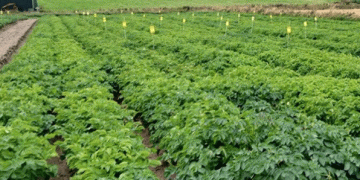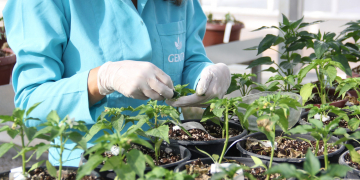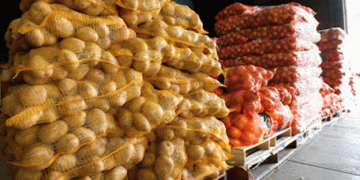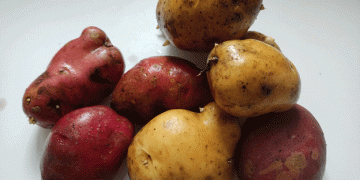Recent farmdoc daily articles have discussed the importance of new technologies to crop agriculture, the value and role of information in the adoption of technologies , and possible payoffs for precision farming. This article explores trends in automation and robotics in the general economy, and provides examples of the use of these technologies in production agriculture.
Trends in Automation and Robotics
Before discussing the expected adoption of automation and robotics in production agriculture, we will discuss trends in automation technologies that are important to most, if not all, industries. Willcocks (2020) discusses the importance of three primary automation technology types: physical robots, robotic process automation, and cognitive automation.

Turning to the adoption of these technologies, Chui et al. (2016) note that automation will not necessarily eliminate entire occupations. However, automation is likely to affect portions of almost all jobs. The authors identify three groups of occupational activities: 1) those that are highly susceptible to automation, 2) less susceptible to automation, and 3) least susceptible to automation. Least susceptible tasks include personnel management and decision-making, planning, and creative tasks. Less susceptible tasks include stakeholder interactions and unpredictable physical work.
Examples from Production Agriculture
Rather than provide a comprehensive list of automation technologies that are either being developed or that are already being used, we will briefly describe some noteworthy examples. Autonomous grain carts and tractors have garnered considerable press. Autonomous grain carts enable an individual in the combine to locate the cart, tell the cart to follow and match the speed of the combine, and unload on the go. Autonomous tractors use GPS and other wireless technologies to farm land without requiring a driver. These tractors are programmed to observe their position, determine speed, and avoid obstacles.
3-D printing could also contribute significantly to production agriculture. 3-D printers will allow machinery dealers and producers to manufacture spare parts on-site. This technology will likely change how we think about manufacturing batch size and inventories, and will allow parts to be produced on site and just-in-time, which could substantially reduce machine downtime. During peak work-loads (e.g., planting and harvesting seasons), this reduction in downtime would be extremely valuable.
Also, just as precision agriculture adoption for crops results in more timely data collection and improved decision making, a robotic milking system creates a wealth of data that can be used to make decisions (e.g., optimal dairy cow replacement). Use of cameras and heat sensors to monitor movements and temperatures to detect lameness and animal behavior, including feed consumption and waste, and possibly diseases and health issues, are other examples.
Concluding Comments
This article discussed trends in automation and robotics in the general economy, and provided examples of using these technologies in production agriculture. Possible benefits of the adoption of automation and robotics will include reductions in costs, improvements in productivity, increases in the production of value-added products, reduced downtime and improved capacity utilization, and reductions in operating risk.
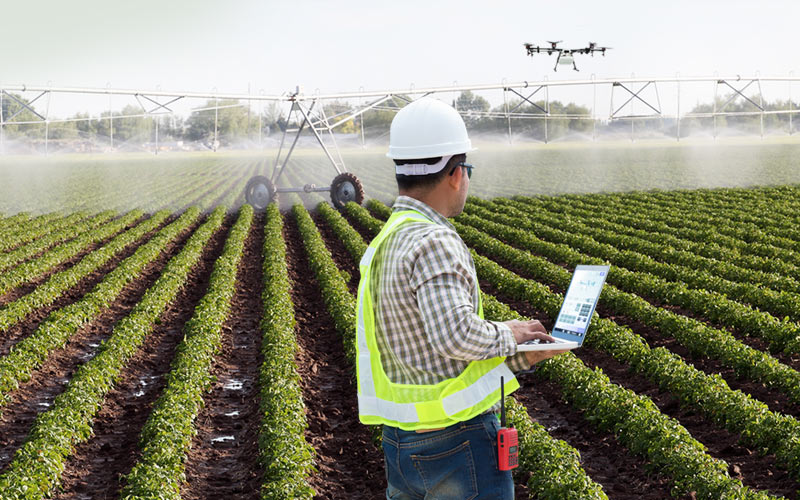
Due to synergies associated with the adoption of multiple technologies, the economic evaluation of automation and robotics will require a whole-farm system approach rather than employing a partial budgeting approach, which just examines the adoption of one specific technology at a time. Many of the technologies that are currently being developed for other industries can or will be readily adopted in production agriculture.
As technology continues to develop, robotics and machine learning will at least partially replace physical activities. However, it is important to note that additional expertise and skills will be needed to implement these new technologies. An upcoming article will describe the gap in skills related to the further adoption of automation and robotics, as well as other precision agriculture technologies, in production agriculture.



